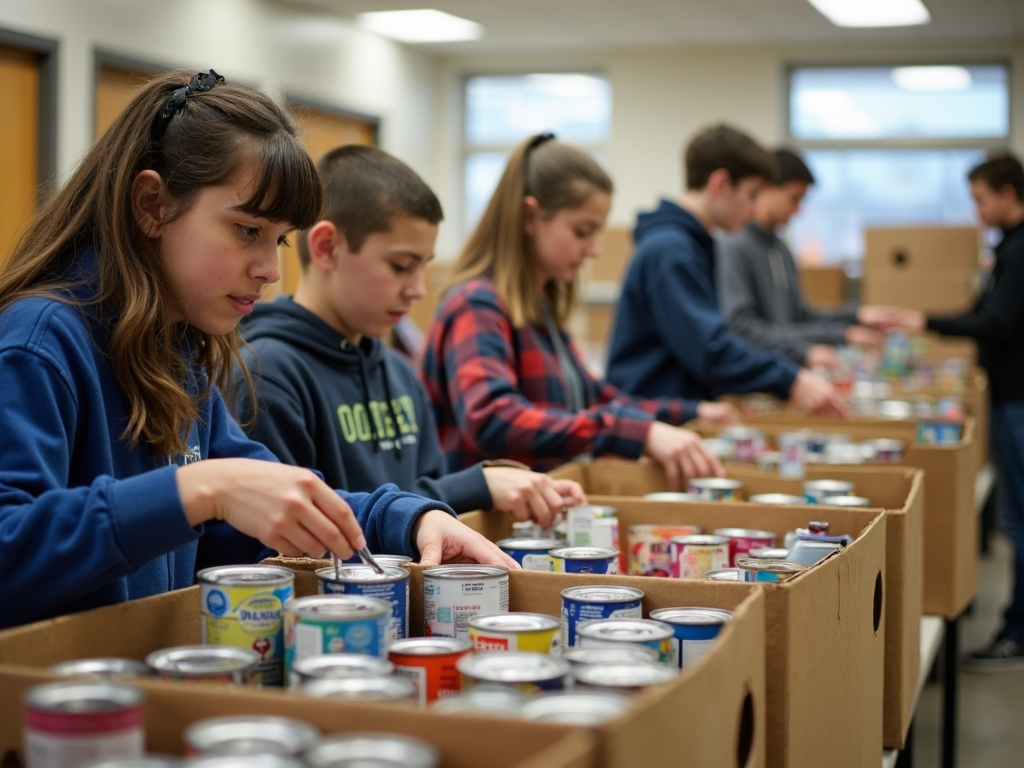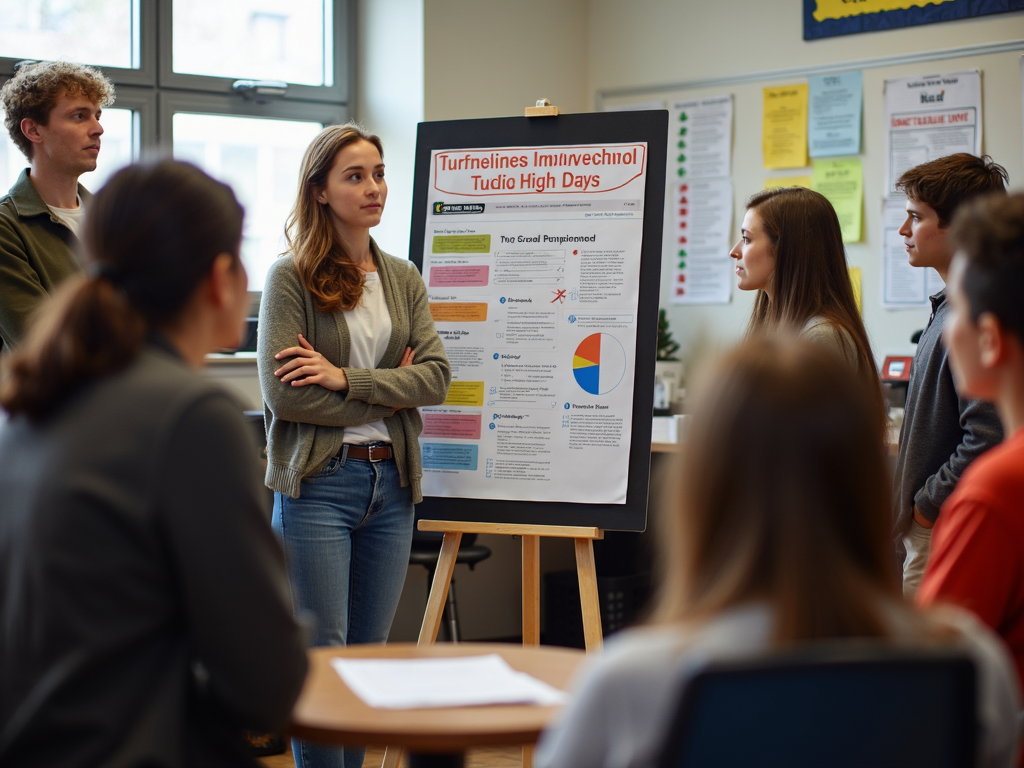Creative Service Learning Ideas for Every Classroom: A Comprehensive Guide
By , June 23, 2025
Overview
Service learning is a powerful educational approach that combines academic instruction with meaningful community service. By engaging students in real-world projects, service learning not only enhances their understanding of classroom concepts but also fosters a sense of civic responsibility and community engagement. This guide explores creative service learning ideas that can be adapted to any classroom, offering practical insights and actionable steps for educators.
Understanding the Role of Service Learning in Education
Service learning is more than just volunteering; it’s an educational strategy that integrates community service with academic learning. Unlike traditional volunteer work, service learning is directly tied to curriculum goals, allowing students to apply what they’ve learned in the classroom to solve real-world problems. This approach helps students develop critical thinking, problem-solving, and leadership skills while fostering a deeper understanding of their role as active citizens.
For example, a science class might partner with a local environmental organization to study and address pollution in a nearby river. Through this project, students not only learn about ecosystems and water quality but also see the tangible impact of their efforts on the community. This connection between learning and doing is what makes service learning so effective.

Creative Service Learning Ideas for Every Classroom
Service learning can be tailored to any grade level or subject area. Below are some creative ideas that educators can adapt to their classrooms:
Elementary School
- Kindness Campaign: Students create posters, videos, or social media posts promoting kindness and empathy within the school and community. This project can be tied to language arts or social studies curricula.
- Community Clean-Up: Organize a day where students pick up litter in a local park or neighborhood. This can be linked to science lessons on environmental stewardship.
- Pen Pal Program: Partner with a senior center or another school to exchange letters, fostering intergenerational or cross-cultural understanding.
Middle School
- Peer Tutoring Program: Older students mentor younger ones in subjects like math or reading, reinforcing their own knowledge while helping others.
- Community Service Day: Dedicate a day for students to volunteer at various local organizations, such as food banks, animal shelters, or nursing homes.
- Recycling Initiative: Start a school-wide recycling program, teaching students about sustainability and waste management.
High School
- Community Garden: Students design, plant, and maintain a garden, donating the produce to a local food pantry. This project can incorporate lessons in biology, nutrition, and business.
- Mentorship Program: High school students mentor elementary or middle school students, providing academic support and guidance.
- Social Justice Campaign: Students research a social issue, such as homelessness or food insecurity, and create a campaign to raise awareness and drive action.

Tips for Implementing Service Learning Projects
Successfully integrating service learning into the classroom requires careful planning and execution. Here are some tips for educators:
- Align with Curriculum Goals: Choose projects that directly relate to what students are learning in class. This ensures that the service learning experience reinforces academic concepts.
- Involve Students in Planning: Allow students to take ownership of the project by involving them in the planning process. This increases their engagement and investment in the outcome.
- Reflect and Assess: Encourage students to reflect on their experiences through journals, discussions, or presentations. This helps them process what they’ve learned and understand the impact of their work.
- Partner with Community Organizations: Collaborate with local nonprofits, businesses, or government agencies to provide students with meaningful service opportunities.
- Celebrate Success: Recognize and celebrate the achievements of your students, whether through a school assembly, newsletter, or social media post. This reinforces the value of their contributions.
The Impact of Service Learning on Students and Communities
Service learning has a profound impact on both students and the communities they serve. For students, it provides an opportunity to apply classroom knowledge in real-world settings, making learning more relevant and engaging. It also helps them develop essential life skills, such as teamwork, communication, and problem-solving.
For communities, service learning projects address pressing needs and foster a spirit of collaboration between schools and local organizations. These projects can lead to lasting change, whether it’s through environmental conservation, social justice initiatives, or community development efforts.
In my own experience, I’ve seen how service learning can transform students’ perspectives. During a project where students organized a food drive for a local shelter, they not only learned about food insecurity but also developed empathy and a sense of responsibility toward their community. One student remarked, 'I never realized how much of a difference we could make until I saw the smiles on the faces of the people we helped.' This kind of personal growth is invaluable and underscores the importance of service learning in education.

Conclusion
Service learning is a dynamic and impactful way to enrich classroom education while fostering civic engagement. By implementing creative service learning ideas, educators can inspire students to become active, compassionate citizens who are equipped to tackle real-world challenges. Whether it’s through a small-scale project or a school-wide initiative, the benefits of service learning are undeniable.
For more information on the benefits of service learning, check out this study on service learning outcomes from the Corporation for National and Community Service. Additionally, the National Service-Learning Clearinghouse offers a wealth of resources for educators looking to implement service learning in their classrooms.